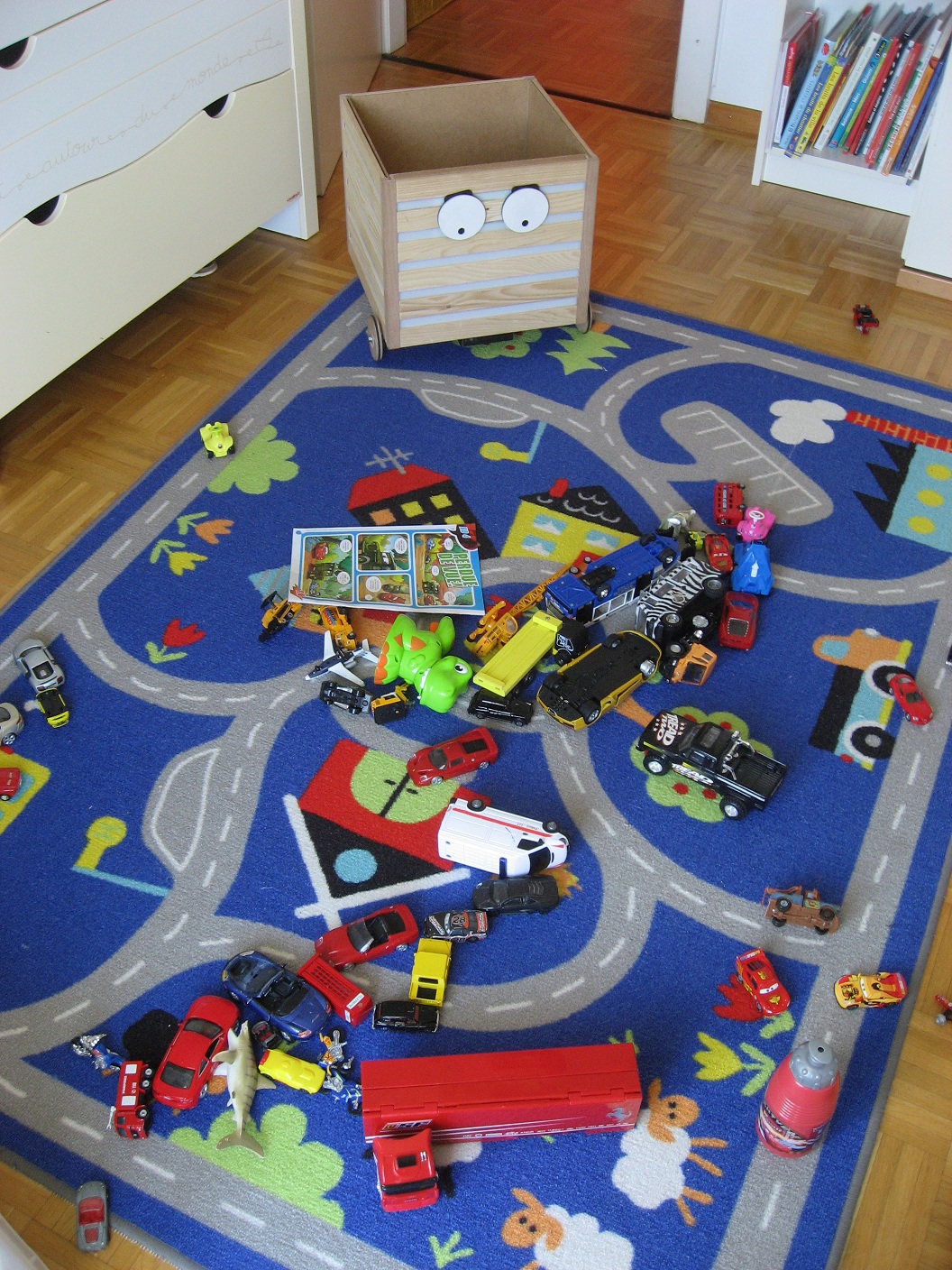Podcast: Play in new window
BOB HIRSHON (host):
Fine-tuning a robot toy box. I’m Bob Hirshon and this is Science Update.

If you want to build a robot toy box that helps kids clean up, how exactly should it behave? Ph. D. student Julia Fink of the Swiss Federal Institute of Technology presented the results of that experiment at the Human-Robot Interaction Conference in Germany. In one condition, the toy box took the lead.
JULIA FINK (École polytechnique fédérale de Lausanne, Switzerland):
That means it was driving around the room, it was searching for a toy on the floor, and it was really actively trying to trigger an interaction.
HIRSHON:
Surprisingly, although they enjoyed playing with that robot, the kids did a better job tidying up when the box simply sat in one place and rewarded kids with lights, sounds, and facial expressions when they filled it with toys. Fink says it’s possible that the active robot was a little too distracting. Her team is planning longer-term studies, to see whether the kids’ responses change as the novelty wears off. I’m Bob Hirshon for AAAS, the Science Society.
